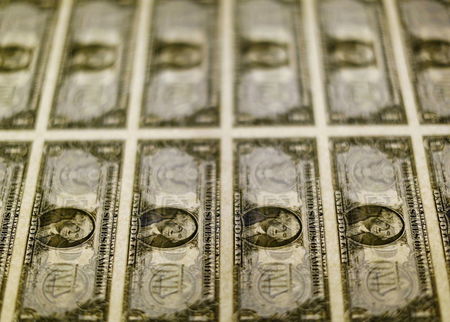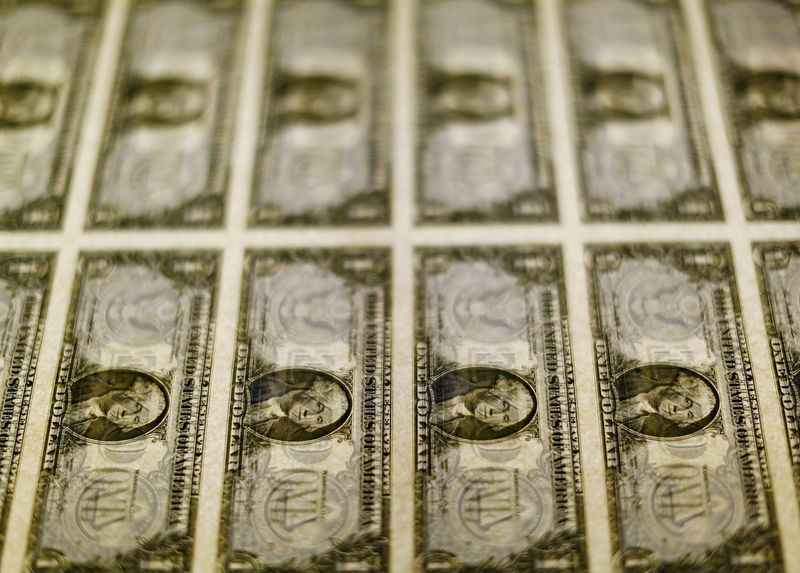Forex
Asia FX muted, dollar steadies as Fed rate decision looms


© Reuters.
Investing.com– Most Asian currencies moved little on Wednesday, while the dollar steadied near six-month highs as markets hunkered down before an interest rate decision from the Federal Reserve due later in the day.
Most regional currencies were nursing steep losses in recent sessions, as markets feared a potentially hawkish outlook from the Fed. The dollar was also trading just below six-month highs, having market strong gains in recent weeks.
The was one of the worst-performing regional currencies this week, sinking to a new record low of over 83 against the dollar, before recovering some lost ground.
The rupee was hit hard by a recent spike in oil prices, given India’s large reliance on crude imports. But weakness in the rupee is expected to attract more currency market intervention by the Reserve Bank of India.
Some weak economic indicators also weighed. The was flat to the dollar as data showed the country’s grew substantially more than expected in August, due to weak demand in major export destination China.
But top Japanese currency officials warned against further weakness in the yen, and that they were in close contact with U.S. officials over any more intervention to support the yen.
Their warning also came just a few days before a meeting, where the central bank is likely to offer more cues on a potential pivot away from negative interest rates.
Chinese yuan flat as PBOC leaves rates unchanged
The moved little, as did the , after the People’s Bank of China (PBOC) kept its loan prime rates steady at record lows. The move was widely expected by markets.
The PBOC also set a stronger-than-expected daily midpoint for the yuan on Wednesday, as it struggles to maintain a balance between fostering an economic recovery and preventing further weakness in the yuan.
Uncertainty over China saw the fall 0.1%, while other China-exposed currencies- including the and – weakened slightly.
Dollar steadies with Fed in sight
The and moved little in Asian trade on Wednesday, but were trading within sight of a six-month peak hit earlier in September.
Markets were focused squarely on the conclusion of a two-day Fed meeting later in the day, where the central bank is widely expected to .
But a recent uptick in U.S. inflation is expected to elicit a hawkish outlook from the Fed, opening up the possibility of at least one more rate hike this year. Fed Chair Jerome Powell’s address after the conclusion of the meeting will be closely watched for any hawkish signals.
The central bank is also expected to until at least mid-2024, presenting a subdued outlook for Asian markets.

 Forex3 years ago
Forex3 years agoForex Today: the dollar is gaining strength amid gloomy sentiment at the start of the Fed’s week

 Forex3 years ago
Forex3 years agoUnbiased review of Pocket Option broker

 Forex3 years ago
Forex3 years agoDollar to pound sterling exchange rate today: Pound plummeted to its lowest since 1985

 Forex3 years ago
Forex3 years agoHow is the Australian dollar doing today?

 Cryptocurrency3 years ago
Cryptocurrency3 years agoWhat happened in the crypto market – current events today

 World3 years ago
World3 years agoWhy are modern video games an art form?

 Commodities3 years ago
Commodities3 years agoCopper continues to fall in price on expectations of lower demand in China

 Economy3 years ago
Economy3 years agoCrude oil tankers double in price due to EU anti-Russian sanctions





















